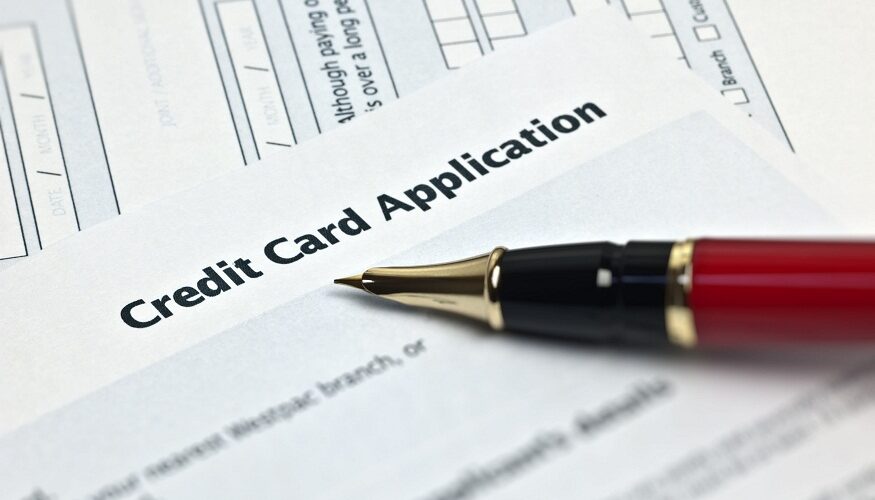Credit cards come in two broad types: the classic unsecured card and its lesser-known alternative that is backed by a fixed deposit. If you are about to apply for credit card but feel unsure which route suits you better, the comparison below will clear the doubts in just a few minutes.
Understanding the Two Options
A regular credit card is unsecured – the bank trusts your income and credit history. By contrast, a credit card against FD is secured. You open or pledge a fixed-deposit account, and the bank sets your card limit as a percentage of that deposit. Because the bank already holds cash collateral, your past credit score matters less.
Understanding the Eligibility of Secured Credit Cards
Below is a simplified view of the usual eligibility benchmarks. Exact numbers vary by lender, yet the broad aspects stay the same.
- Age: For secured cards age is 18 years to 99 years
- Income: Regular cards demand a minimum monthly salary or business income, as decided by each bank.
- Employment: Both salaried and self-employed professionals are welcome.Retired, housewife, students are also eligible
- Residency: Indian citizenship or a valid resident status is compulsory.
- Documents: Proof of identity, address, PAN.
With a secured variant, the “income” box is flexible. Your fixed deposit works as proof of repayment capacity.
How Each Card Operates
Regular Card
- Credit limit is calculated from your reported income, past repayment behaviour, and overall credit score.
- Annual fees can be low to premium.
- Timely repayment steadily builds your CIBIL score.
Secured Card
- The limit is linked directly to your FD amount, not your pay stub.
- Most banks keep fees minimal to encourage first-time users.
- Even a thin or damaged credit file can be repaired through disciplined use.
A second benefit of the credit card against FD model is faster approval. Because the bank already owns your collateral, underwriting is much faster.
Pros and Cons at a Glance
| Factor | Regular Credit Card | Secured Card (Against FD) |
| Approval speed | Moderate; depends on verification | Usually fast |
| Credit-score need | Medium to high | Low |
| Credit limit | Directly tied to income | Tied to the FD size |
| Risk to the bank | Higher | Very low |
| Interest on collateral | None | You still earn FD interest |
| Upgrade path | Often automatic after a good history | Can convert to an unsecured card later |
When Does Each Make Sense?
Ask yourself the following before you apply:
- New to credit? A secured card lets you build a payment record from scratch.
- Irregular income? Business owners with seasonal cash flow often choose the FD-backed route.
- High spender and rewards seeker? A premium unsecured card may unlock travel miles, lounge access, or cashback perks that secured cards rarely match.
- Need emergency liquidity but no savings to lock? The unsecured option wins, as no deposit is frozen.
Steps to Move Forward
- Check the fees and reward programs.
- Check your current CIBIL score; a score above 700 strengthens a regular application.
- If the loan is secured, decide how much money you can park without hurting day-to-day liquidity.
- Fill in the online form and upload KYC documents. When you finally decide to apply for credit card, keep a calendar reminder for due dates to avoid interest shocks.
Final Thoughts
Choosing between an unsecured loan and one backed by a deposit is less about which product is “better” and more about where you stand today. If you have a healthy credit profile and crave premium rewards, the normal card is the best option. If you are rebuilding your score or starting fresh, parking money in an FD to secure a card is a low-stress way to ace mainstream finance.

